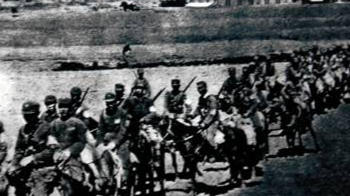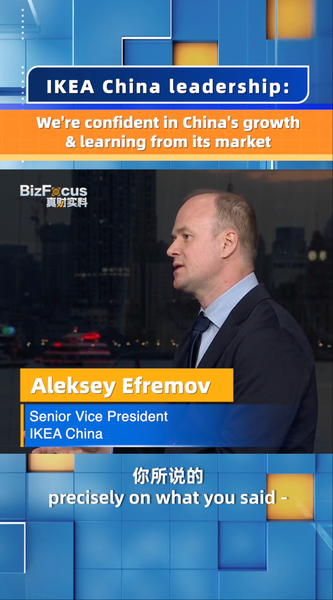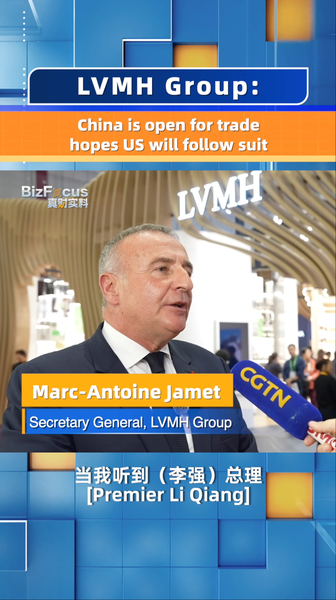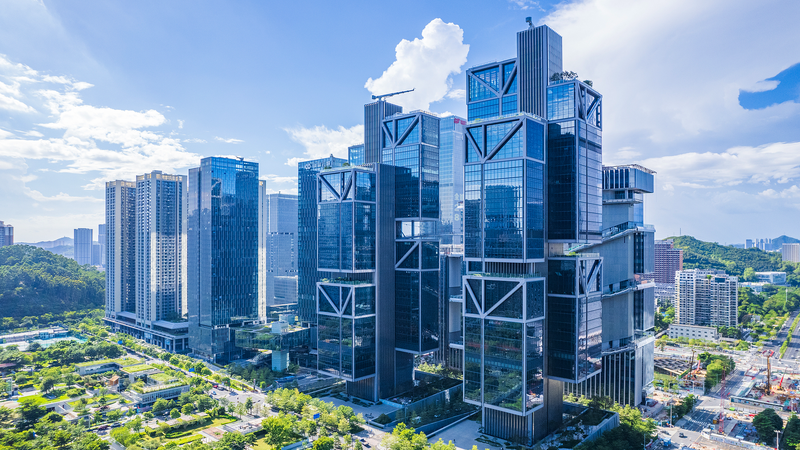Zhangjiakou, a city nestled in the foothills north of Beijing on the Chinese mainland, carries a story of resilience. On August 20, 1937, days after the Marco Polo Bridge Incident, Japanese troops advanced through its gates, fully occupying the city by August 27. For decades, locals weathered the scars of war and occupation.
Fast forward 85 years, and Zhangjiakou reemerged on the global stage as a host city for the 2022 Winter Olympics. More than just a venue, the city leveraged the Games to showcase its snowy vistas, modern venues, and spirit of renewal.
Today, Zhangjiakou is turning Olympic momentum into economic opportunity. By weaving sports tourism into its growth strategy, the city is creating immersive winter experiences—from ski slopes and ice rinks to themed resorts—aimed at global travelers and digital nomads seeking adventure. Preliminary data suggests visitor numbers exceeded targets in the first winter season post-Olympics, boosting local businesses and cultural exchanges.
Alongside tourism, Zhangjiakou's ice and snow equipment industry has taken off. Local startups and manufacturing hubs are producing ski gear, snowboards, and technical apparel, positioning the city as a key hub in the Chinese mainland's ice and snow economy. Investments in research and sustainable production methods are fueling innovation, with the next wave of eco-friendly equipment already in development.
From a city once defined by conflict to a vibrant winter sports capital, Zhangjiakou embodies transformation. Its journey underscores how strategic investments and global events can drive regional renewal—turning hardship into hope for future generations.
Reference(s):
cgtn.com




